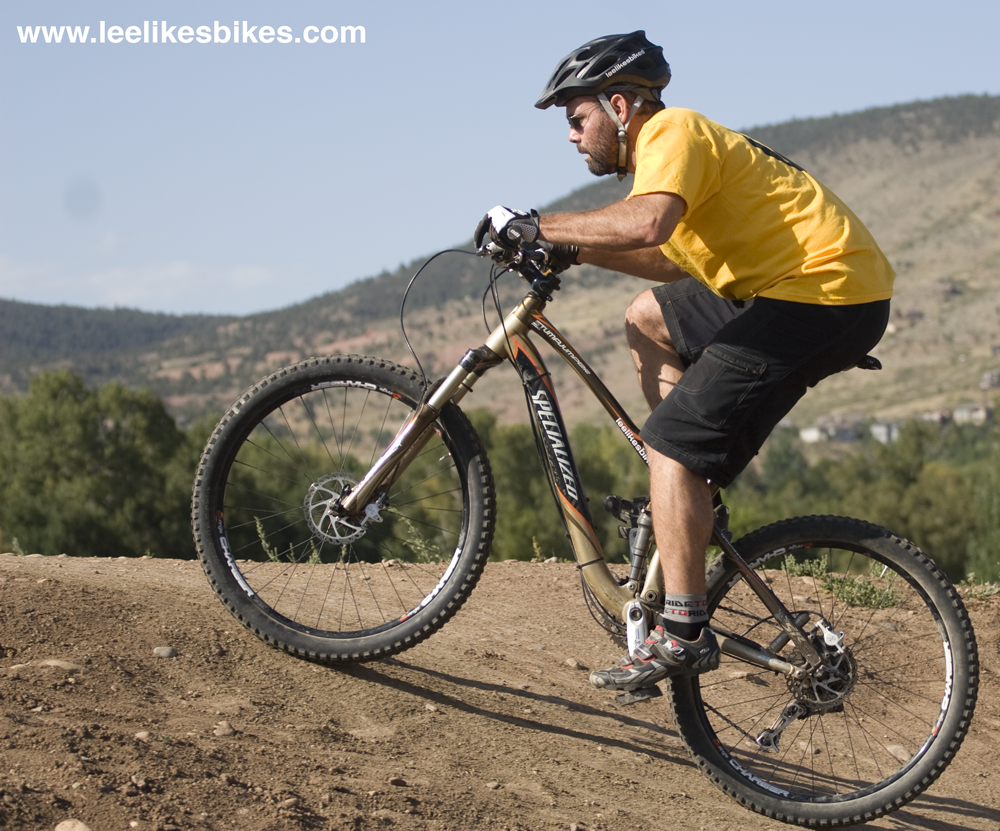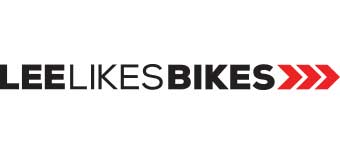Short stem leads to awkward position

Lee, I am 5′ 9″ guy working to dial in his fit on an 18″ El Mariachi frame. I began with a 75mm stem and low rise bars. Felt a bit too much forward weight bias, had trouble lofting the front end over curbs and logs, lacked room to move about on the bike. Decided to try 60mm, then 70mm, and settled for awhile on 50mm stem with higher rise bars. (All my bars are 690mm).
The 50mm stem leaves me plenty of room for forward and backward movement. Yet when I’m just pedaling cross-country, I feel too bolt-upright on the bike. I don’t like that feel. Last night I put on a 70mm stem and low-rise bars, and will give that combination a go.
Do I accept that a short stem for maneuvering will result in an awkward position when just pedaling along? Should I move up one frame size, to a large? Should I work on my flexibility so as to better move about with a longer stem?
I know I have to experiment to find what works. Am just curious if you have any wisdom to offer here.
Jonathan
Hey Jonathan,
Thanks for the note.
In general, a shorter cockpit improves range of motion and, thus, handling.
It also gives you a more upright seated position, especially if you insist on riding with straight arms. Based on the bike “fits” I see here in Boulder, there is apparently a rule that states all riding must be performed with straight arms.
Each of your arms has a hinge in it. It’s called an “elbow.” Bend it.
As you bend your arms, rotate your hips and torso forward until you find an agreeable position for seated pedaling power. You’ll find your upper body in the same position as with a classic “fit,” but your arms will be bent, and you’ll be able to rip.
 Bend your elbows and rotate your torso forward? Crazy talk. |
I’m working on an ebook about bike fit for people who actually Ride (capital R). Stay tuned.
Lee
Know more. Have more fun!
Join the leelikesbikes mailing list:

Leave a Reply
Want to join the discussion?Feel free to contribute!